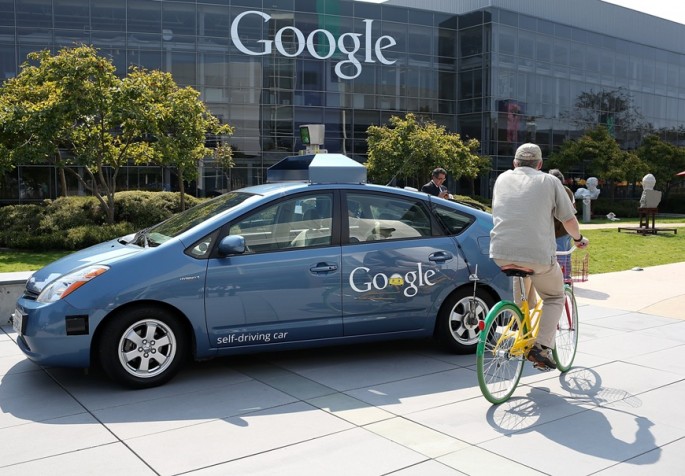US officials finally give a nod to autonomous driving technology with an announcement that the department will begin to adopt new rules in the coming weeks.
The statement is the latest development in Google's push for federal transportation officials to change their stand on self-driving cars. Two years ago, however, the department released an official policy statement which stressed its argument that these cars should be used merely for the purpose of testing and not for public driving.
Within such period, Google and other automakers continue to run their own self-driving vehicle prototypes. Packed with an array of sensors and cameras, these cars are seen driving around public roads and highways in the United States.
At least two states, California and Nevada, had authorized the use of autonomous-driving cars on the roads. However, this is only allowed so long as there is a human behind the wheel.
Some features that include hazard recognition and self-brake in order to avoid collisions are already on the market of these autonomous-driving cars. It may still take a while before these cars can go as far as automatically hitting the road while the passenger reads the morning paper or maybe while catching a few winks along the way.
"Autonomous driving is not going to mean jump in the car, push a button, say Take me to grandma's house and go to sleep," James Bell, head of GM's consumer affairs, was quoted as saying in a report at CNN. "This may come someday, but not soon."
While it is true that Google has no intention to try its hands in the car making industry, it has somehow received the most attention since the company released its early driverless vehicle prototypes.
Google has since then dedicated to make self-driving cars available to the public as soon as it has earned the recognition that such type of driving is safe, the Huffington Post reported.
If Google and other car making companies continue to prove the reliability and safety brought by driverless technology, these autonomous vehicles could be on our roads. Other possibilities include seeing the cars without the presence of a human driver and using them for public transportation.



























